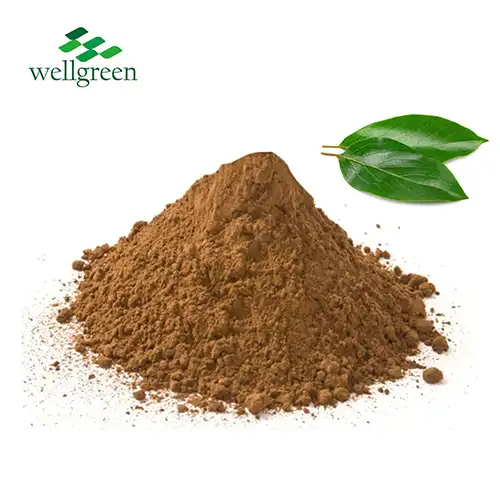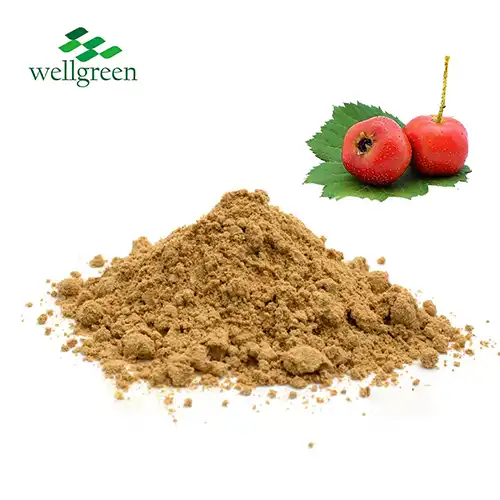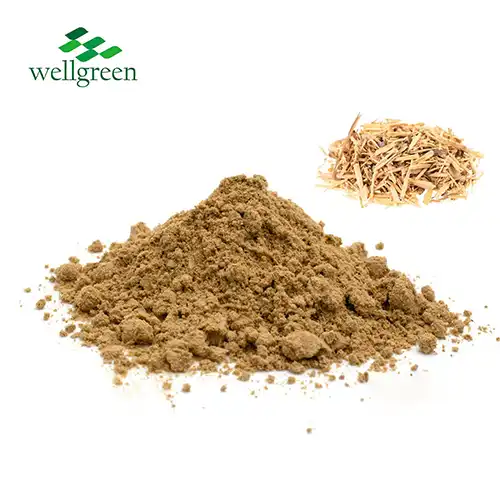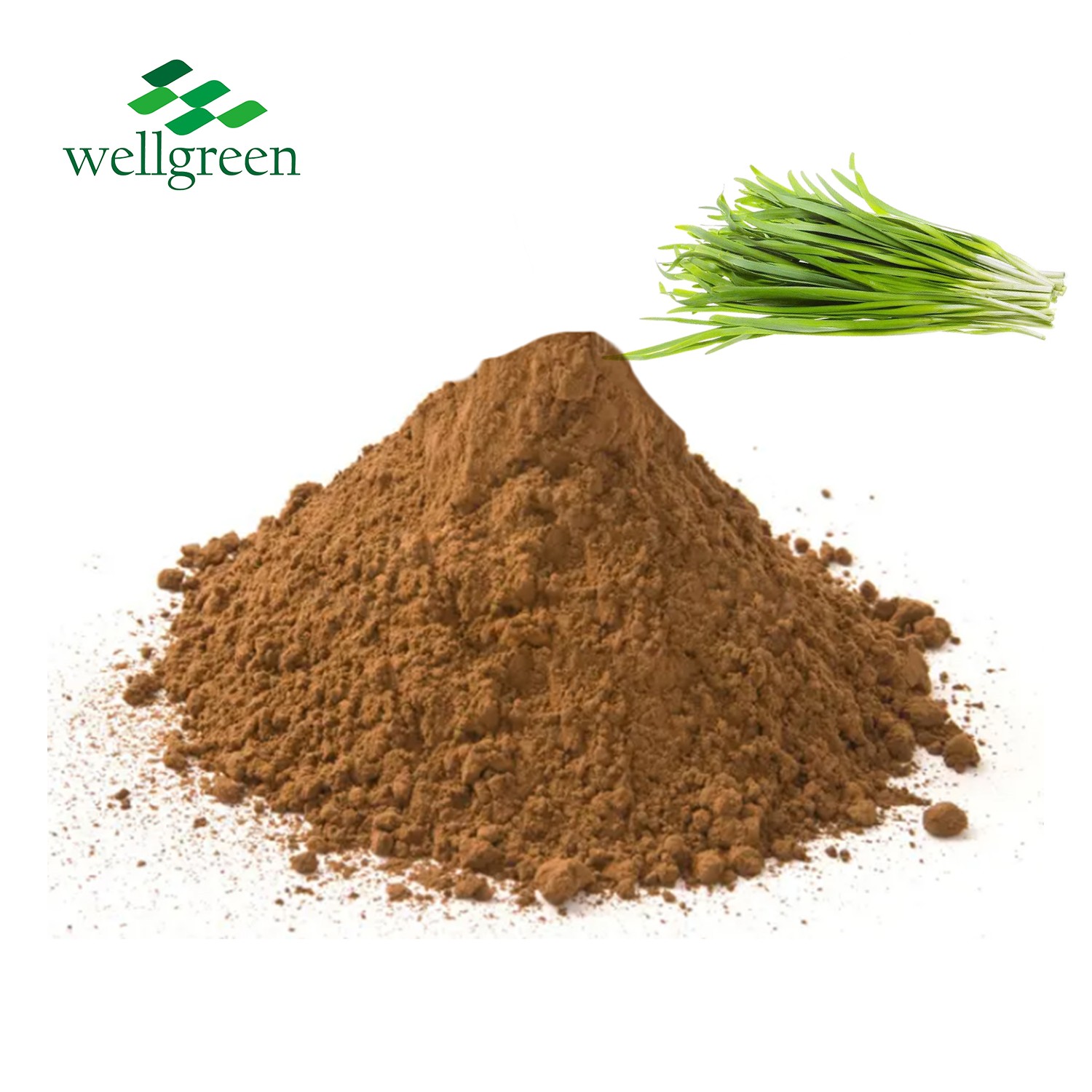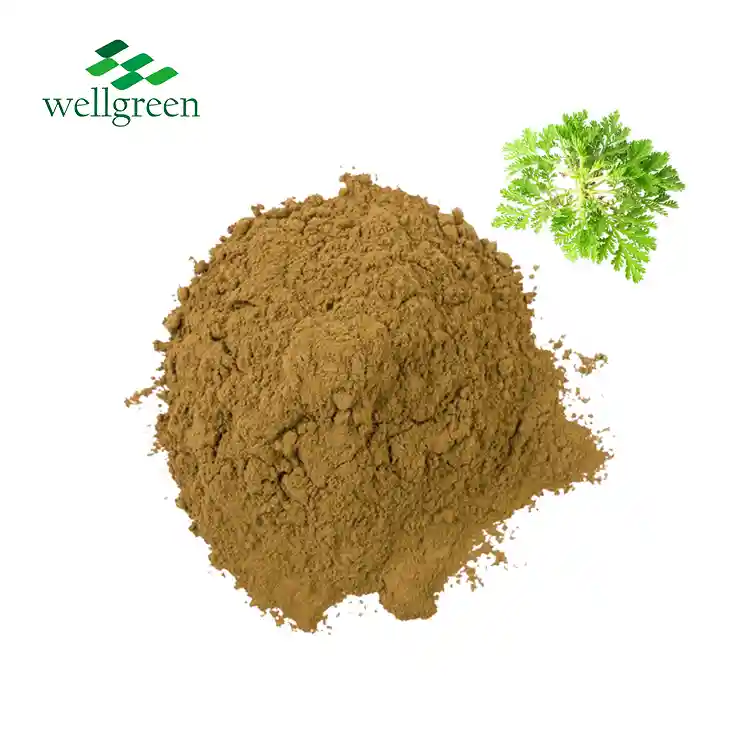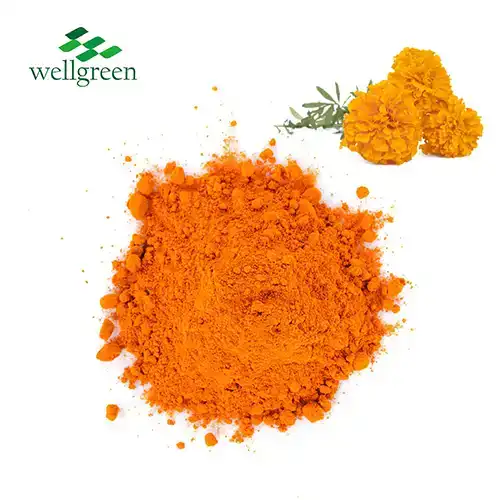Is fleece-flower root good for hair?
2024-06-19 16:18:37
Introduction: Exploring the Potential of Fleece Flower Root for Hair Care
Fleece flower, also known as Polygonum multiflorum, has long been revered in traditional Chinese medicine for its purported benefits in promoting hair health and growth. This herbal remedy, often referred to as He Shou Wu, is believed to nourish the scalp, strengthen hair follicles, and prevent hair loss. In recent years, the tuber fleeceflower stem extract popularity has extended beyond traditional use, with many seeking natural alternatives for maintaining healthy hair. In this blog, we will delve into the question: Is fleece flower root good for hair? We'll explore its mechanisms, effectiveness, and practical applications in hair care routines.
What Are the Active Compounds in Fleece Flower Root That Benefit Hair?
Fleece flower root contains several active compounds that contribute to its potential benefits for hair health.
♦ Stilbene Glycosides:
One of the key components of fleece flower root is stilbene glycosides, such as 2,3,5,4'-tetrahydroxystilbene-2-O-β-D-glucoside (TSG). These compounds are known for their antioxidant properties, which help protect hair follicles from oxidative stress. By reducing free radical damage, stilbene glycosides may contribute to maintaining healthy hair growth.
♦ Phospholipids:
Phospholipids found in fleece flower root are essential for cell membrane function and structure. They play a role in moisturizing and nourishing the scalp, potentially improving the environment for hair follicle health. This may indirectly support stronger, healthier hair growth.
 ♦ Anthraquinones:
♦ Anthraquinones:
Anthraquinones are another group of compounds present in tuber fleeceflower stem extract with anti-inflammatory and antimicrobial properties. These properties may help soothe scalp conditions and create a favorable environment for hair follicles to thrive.
♦ Trace Elements:
Trace elements like iron, zinc, and copper found in fleece flower root are crucial for maintaining scalp health and hair growth. These elements participate in enzymatic reactions that support cellular metabolism and hair follicle function.
Understanding these active compounds provides insights into how fleece flower root may exert its beneficial effects on hair health. While traditional uses highlight its role in promoting hair growth and maintaining hair color, scientific research continues to explore the mechanisms behind these claims.
Does Fleece Flower Root Stimulate Hair Growth?
One of the most sought-after benefits of fleece flower root is its potential to stimulate hair growth and prevent hair loss.
Anagen Phase Prolongation:
Fleece flower root is believed to prolong the anagen (growth) phase of the hair follicle cycle. This phase is crucial for determining the length and thickness of hair strands. Compounds like TSG may promote proliferation of dermal papilla cells, which play a key role in hair follicle growth.
DHT Blockage:
Dihydrotestosterone (DHT) is a hormone associated with hair loss, particularly in individuals with androgenetic alopecia. Some studies suggest that tuber fleeceflower extract may inhibit the activity of 5-alpha-reductase, an enzyme involved in converting testosterone to DHT. By reducing DHT levels in the scalp, fleece flower root could potentially mitigate hair follicle miniaturization and thinning.
Improvement of Scalp Circulation:
Enhanced blood circulation to the scalp is essential for delivering nutrients and oxygen to hair follicles. Fleece flower root, through its vasodilatory effects and antioxidant properties, may improve scalp microcirculation. This can create a healthier environment for hair follicles to thrive and support robust hair growth.
Clinical Evidence and Studies:
While anecdotal evidence and traditional use support fleece flower root's efficacy for hair growth, clinical studies are still limited. Research is ongoing to validate these claims and understand the specific mechanisms through which fleece flower root influences hair follicle health and growth.
Incorporating fleece flower root into hair care routines may offer a natural approach to supporting hair growth and combating hair loss. Whether used in topical applications or consumed orally, understanding its potential benefits can help individuals make informed choices for maintaining healthy, vibrant hair.
How Can Fleece Flower Root be Used Effectively for Hair Care?
Utilizing fleece flower root effectively for hair care involves understanding its applications and incorporating it into daily routines.
Topical Applications:
Tuber fleece root extract or oil can be applied directly to the scalp as a topical treatment. Massaging the extract into the scalp helps improve absorption and stimulates circulation, promoting nutrient delivery to hair follicles. Regular application may help strengthen hair roots and improve overall hair texture.
 Herbal Rinses and Infusions:
Herbal Rinses and Infusions:
Brewing fleece flower root as a herbal rinse or infusion allows the beneficial compounds to be extracted into a liquid form. After shampooing, rinsing hair with fleece flower-infused water can impart nutrients and antioxidants to the scalp and hair strands. This method is gentle yet effective for nourishing the scalp and supporting healthy hair growth.
Internal Consumption:
Consuming fleece flower root internally, either as a decoction, tea, or in supplement form, provides systemic benefits for hair health. Internal use supports overall body vitality, enhances blood circulation, and ensures that hair follicles receive essential nutrients. This holistic approach addresses hair health from within, complementing external treatments.
Combination with Other Herbs:
Combining fleece flower root with other herbs known for their hair-strengthening properties, such as ginseng or hibiscus, can amplify its effects. Herbal blends tailored to individual hair care needs offer synergistic benefits and cater to specific concerns like hair thinning or scalp dryness.
Integrating tuber fleece root extract into a comprehensive hair care regimen allows individuals to harness its potential benefits for promoting hair growth, strengthening hair follicles, and maintaining scalp health. Whether used topically or internally, consistency and quality are key to maximizing its effectiveness in achieving healthy, beautiful hair.
References
1. Pan, S. Y., Zhou, S. F., Gao, S. H., Yu, Z. L., Zhang, S. F., Tang, M. K., ... & Ko, K. M. (2013). New perspectives on how to discover drugs from herbal medicines: CAM's outstanding contribution to modern therapeutics. Evidence-Based Complementary and Alternative Medicine, 2013, 627375.
2. Hu, C. H., & Zheng, S. H. (2012). The role of traditional Chinese medicine in cardiovascular drug discovery. Current Pharmaceutical Design, 18(14), 2033-2040.
3. Kwan, H. Y., & Yang, M. S. (2011). A review of the molecular mechanisms underlying the anti-aging and anti-oxidative activities of Polygonum multiflorum. Journal of Traditional and Complementary Medicine, 1(3), 179-184.
4. Xu, Q., & Bauer, R. (2014). He Shou Wu (Polygonum multiflorum Thunb.): A Chinese herb with controversial toxicology. Current Drug Safety, 9(1), 99-106.
5. Li, X., Wu, L., & Zhang, X. (2015). Effects of Polygonum multiflorum on antioxidant and immune function in humans. International Journal of Molecular Sciences, 16(2), 3386-3400.

